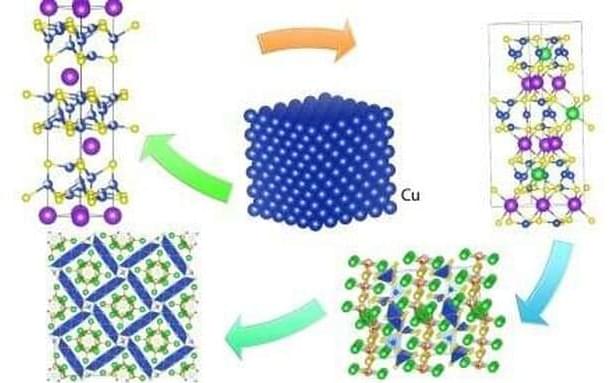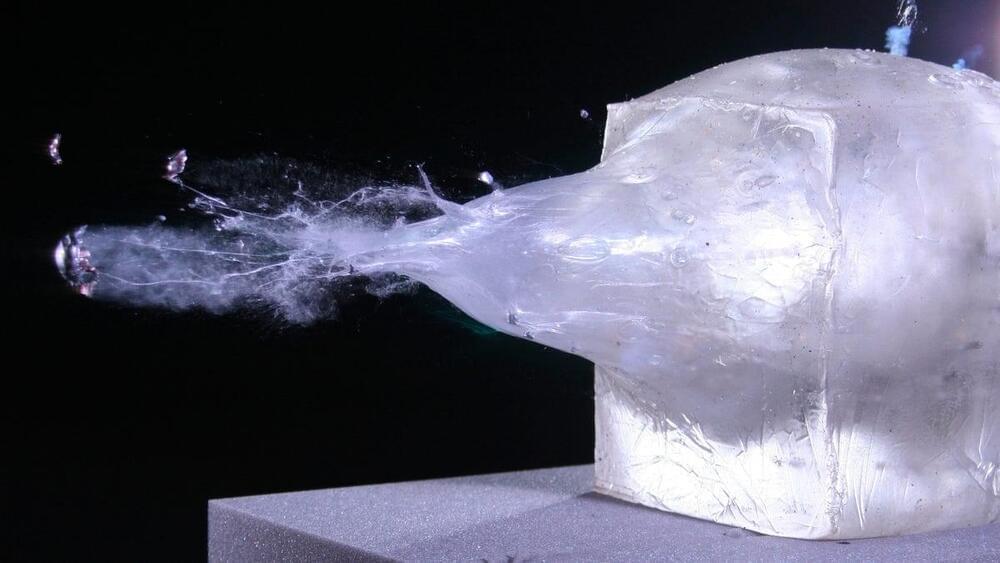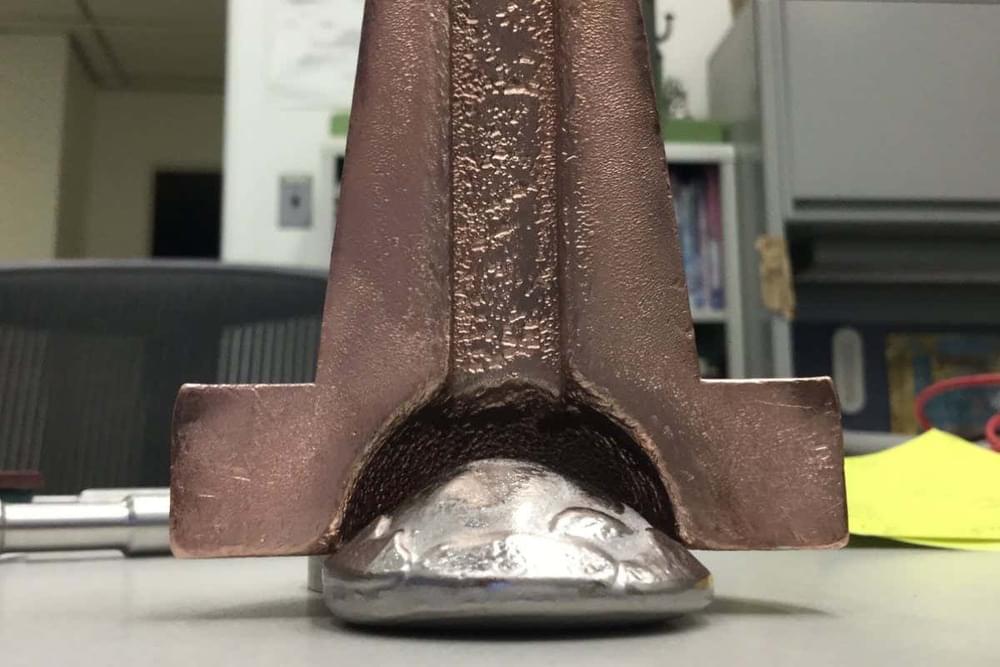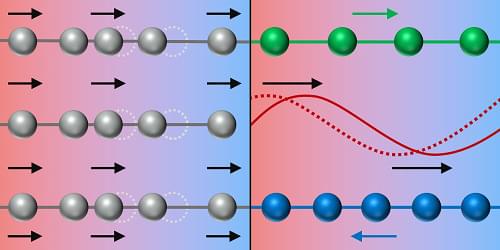Dec 20, 2022
Chemists make the unimaginable possible in crystalline materials discovery
Posted by Josh Seeherman in categories: chemistry, materials
The world’s best artists can take a handful of differently colored paints and create a museum-worthy canvas that looks like nothing else. They do so by drawing upon inspiration, knowledge of what’s been done in the past and design rules they learned after years in the studio.
Chemists work in a similar way when inventing new compounds. Researchers at the U.S. Department of Energy’s (DOE) Argonne National Laboratory, Northwestern University and The University of Chicago have developed a new method for discovering and making new crystalline materials with two or more elements.
“We expect that our work will prove extremely valuable to the chemistry, materials and condensed matter communities for synthesizing new and currently unpredictable materials with exotic properties,” said Mercouri Kanatzidis, a chemistry professor at Northwestern with a joint appointment at Argonne.

















